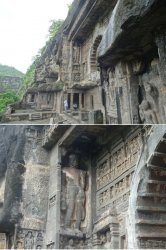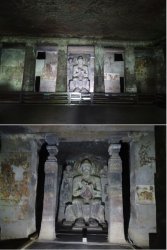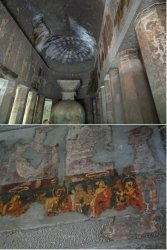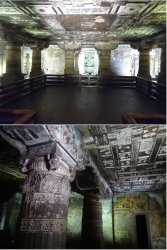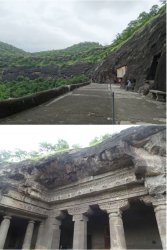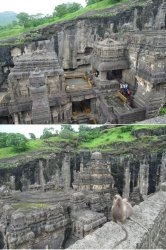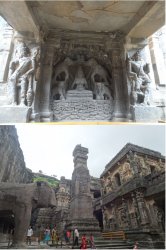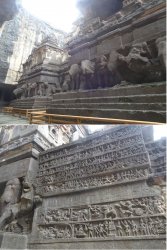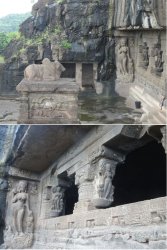On the way back to Aurangabad a visit to Daulatabad, a 12th century hilltop fortress, and which I had photographed from a distance in the morning.



Tower of the Moon, 60 m high, was built in 1435.




After a stopover that night at BOM, it was on to Amritsar in NW India for the next part of the trip. Amritsar is the religious centre of the Sikhs in India and the area is an extraordinary experience in more ways than one.
As an aside, I had four Air India domestic flights. I just bought el-cheapos online. I found their online booking system easy and efficient and the flights very inexpensive. The aircraft interiors may have been a bit grubby at times, but otherwise it was all pretty standard.
But here’s today’s factoid: which country has the highest proportion of female airline pilots? Well, the answer should be obvious, given the context, but it is indeed India with about 13% of pilots being female. Of my four AI flights, one was captained by a woman.
India is indeed a land of immense contrasts and curiosities. It is an amazing place that everyone should experience at least once IMO.
After an excellent curry for dinner, an evening introduction to Amritsar and its spectacular Golden Temple, Sikhism’s holiest shrine.






















